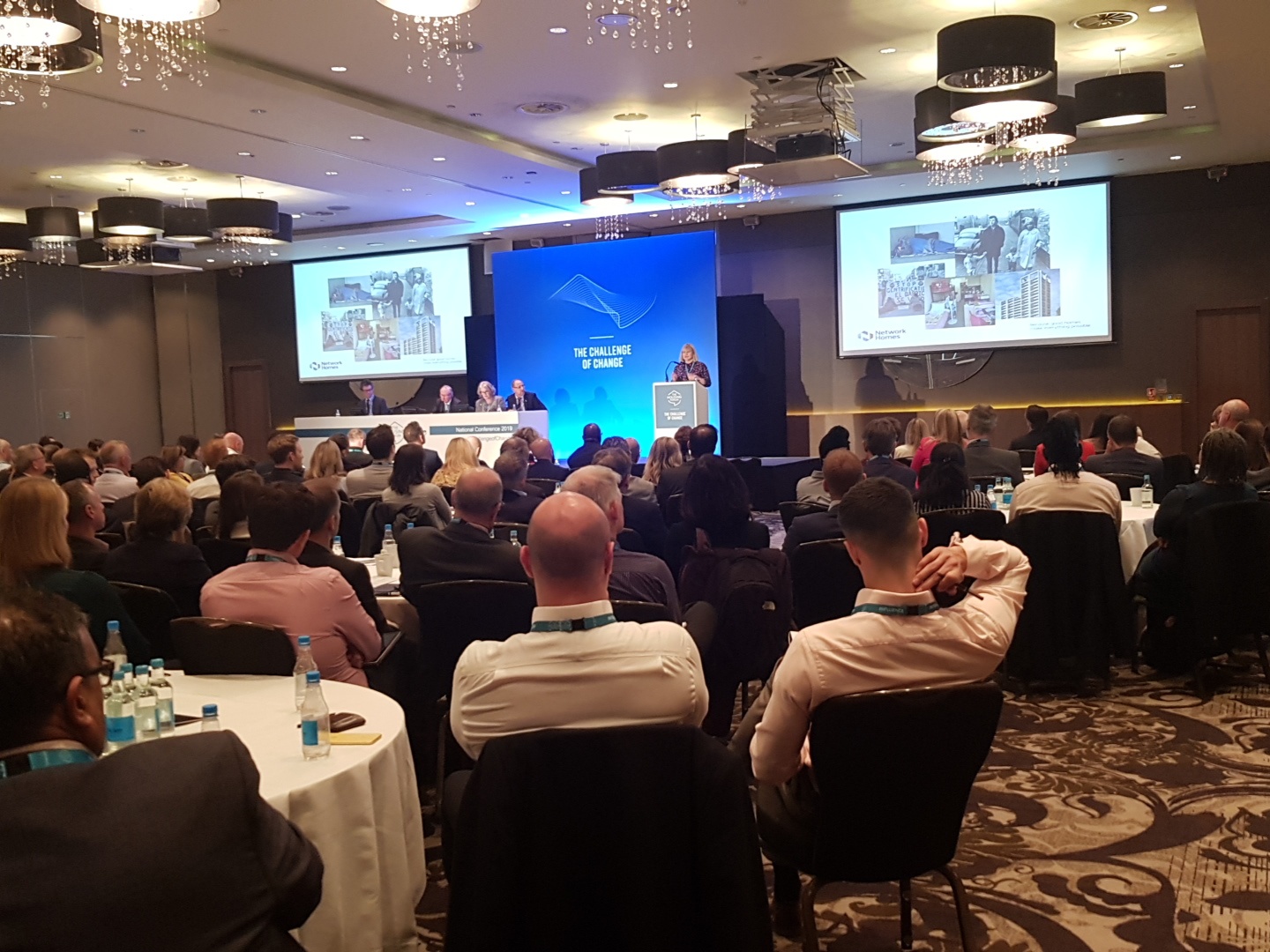A room full of planners, architects and developers
Wednesday 15th of May 2019

Tpas business development manager, Michael Hill blogs about his experience delivering a session on resident engagement at a housing forum event.
On 9th May I got the chance to spend a day at the Housing Forum’s Challenge of Change Conference with a room full of planners, architects and development professionals. I know what you are thinking – ‘hey that guy knows how to live it up!’
On the face of it, it may sound to many people a complete bore-fest but to be honest, it was enlightening and pleasing in so many ways. I was there to chair a breakout session on the topic ‘Involving Residents in Developing Homes’.
Pleasing
It was extremely pleasing to see that involving residents was given a platform at such an event. The events of the last few years and the subsequent re-found desire to ensure that residents are ‘in the room’ and part of decision making was gratifying. Part of me felt sad that I was pleased that resident involvement was back on the agenda, but we are where we are.
Housing Crises
One speaker that stood out for me was Helen Evans of Network Homes. She was talking about what the Housing Crisis meant for them, but clarified that to explain that there are multiple crises including affordability, availability and condition. It was worrying to hear about properties less than 4 years old failing on standard – that surely is a crisis.
One stat showed that it now costs Network Homes £150,000 more to build a new rented home to make up for reduced grant funding and increased building costs. This was a comparison from 2008-11 & 2016-21
Involving residents
My session was made up of a community engagement organisation, an urban designer/architect & the Land Trust Organisation and designed to give the different viewpoints. Some of the key things I noted were:
- Involving residents is not just about the product, it’s the process too
- Trust & transparency is key
- There needs to be ownership of the journey by all
- Emphasise and buy in to the local vernacular, style and context
- Develop good narratives with the community, understand and embrace the whole
- Be creative, utilise different methodologies to engage the whole of the community
I was really impressed with all three speakers and delighted to see the synergy between all in their steadfast belief in effective, focussed and meaningful community engagement.
Used (but maybe not abused)
Tom Chance from the Community Land Trust delivered an interesting piece in his 10 minute slot. He referenced a series of promotional statements that a local developer had used to market some new build homes. All were commending the virtues of the local community, the street food market, the music festival, the buzzing high street etc. All those benefits had been created and delivered by the local community.
The interesting part was this – the outcomes of community effort were being used by the developer to sell properties, yet during the design and build, the local community were not part of any interactions. It seemed ironic that the efforts of the community were useful after the build but their skill, knowledge and local information were not utilised at the start.
I left feeling really proud that residents were on the agenda but even more determined that we make sure that this is not a one-off.